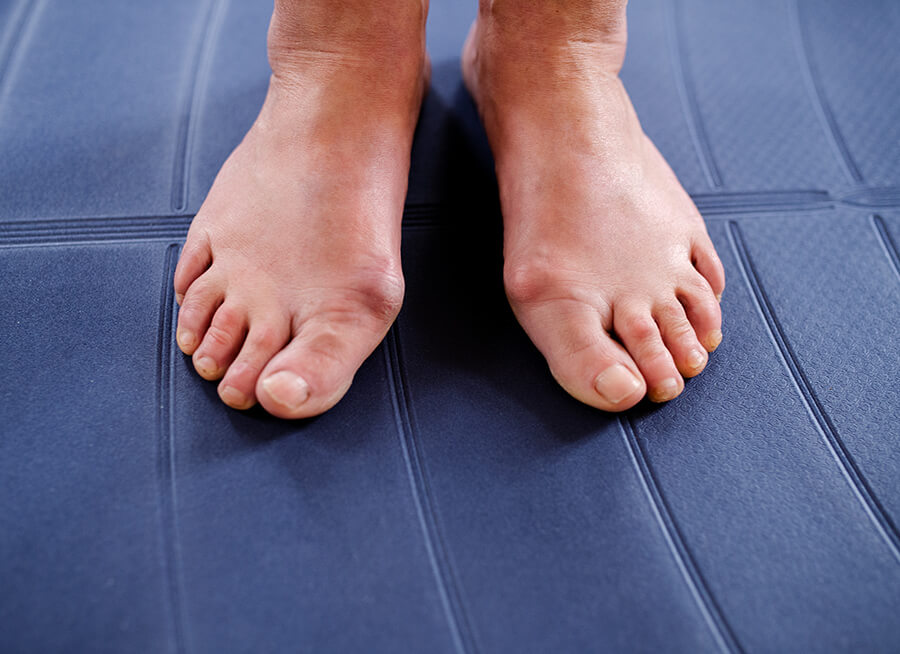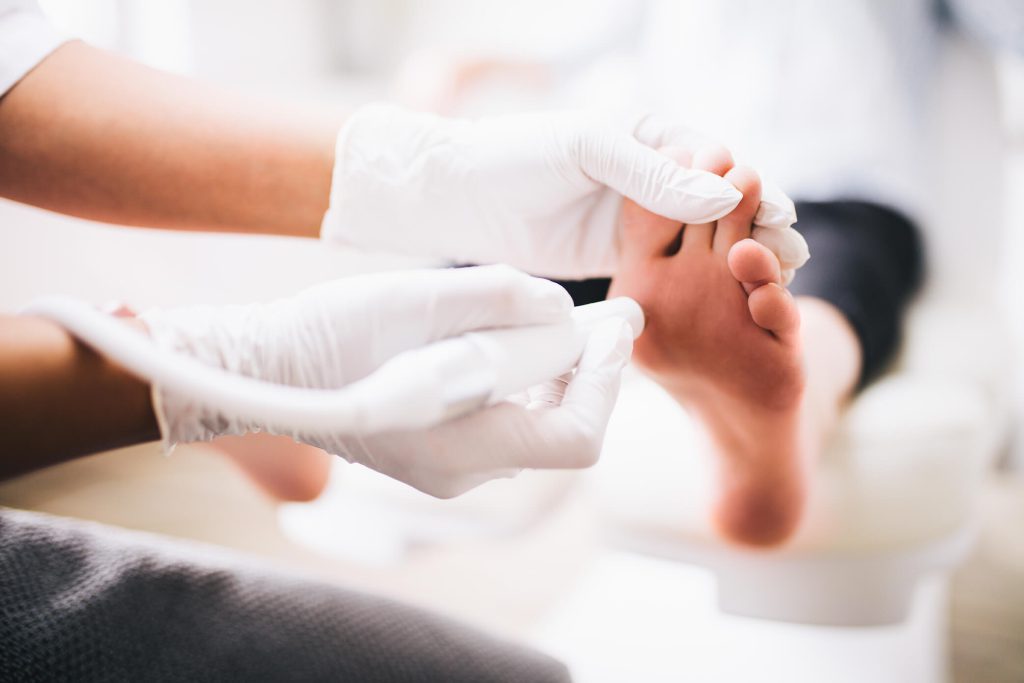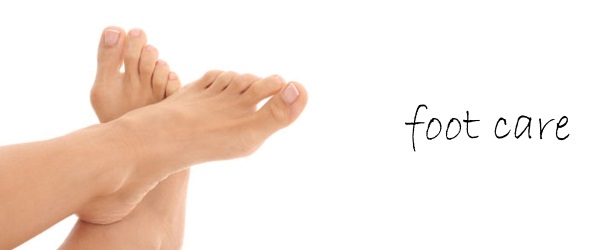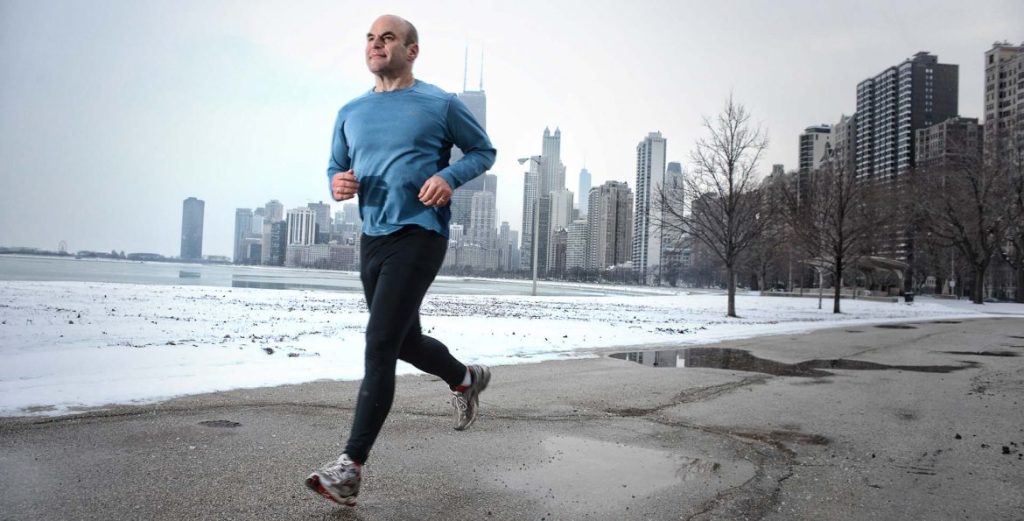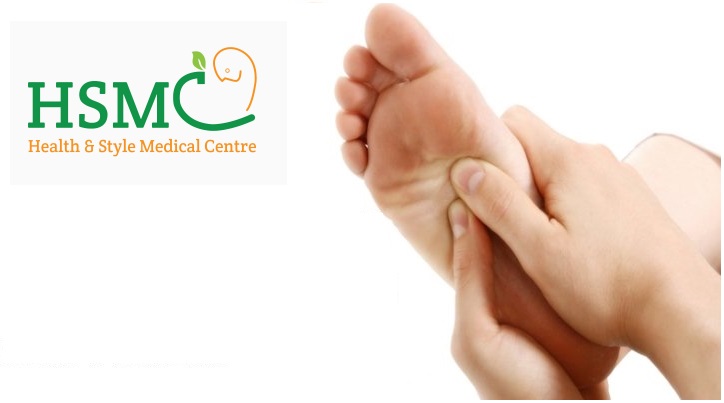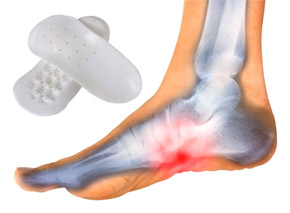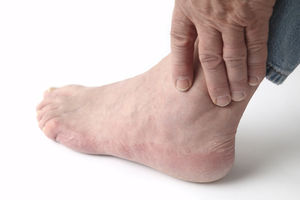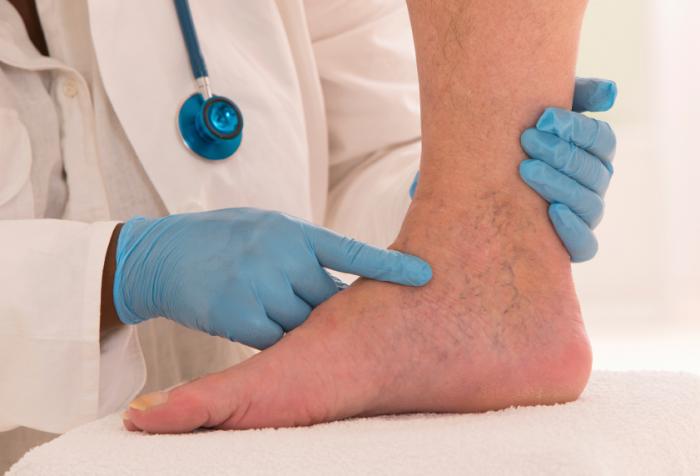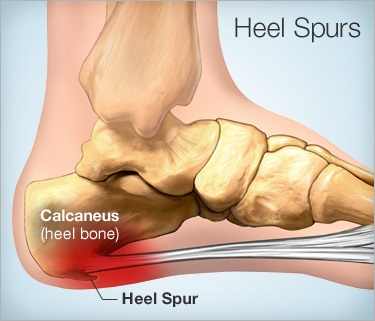Bunion: Types, Symptoms, assessment, and Treatment
Bunion: Types, Symptoms, assessment, and Treatment A Bunion is a bony growth normally affecting the big joints of the feet. Genetic factors are being considered as the major cause of bunions. However, there are some other factors such as types of shoes that you wear, activities, and other injuries that you had in the past that could all influence the occurrence of a bunion. These factors can also cause a small bunion to develop into a larger one. How to prevent bunions formation? Generally, there is not a really great answer to this concern. It is always suggested to protect your feet by wearing good shoes and pay attention to any pressure that is being placed on the toe. Bunions are generally painful and they start off mild and can get worse. It comes in all sorts of sizes and shapes. There are mainly two types of Bunions. One is being formed due to wearing bad shoes. It pushes your big toe over the little toes and the inflammation overtime builds bone. In the other type, you are born with bunions. The definition of bad shoes has no relation to how expensive your shoes are. Sometimes the most expensive shoes can be worse. You should always need shoes that will fit your foot. How to Treat Bunions? As a bunion gets more symptomatic and starts to rub on your shoe that is the time when you should treat it. If a bunion development is found, the treatment starts with easy conservative measures to hopefully avoid it from progressing. But, it is not always successful. Bunions treatment uses different devices like toe sleeves or toe spacers and bunion splints which are used to wrap around the toe to pull it over. Sometimes you need to have surgery that will help to ensure that the bunion is not as much of a problem. In the case of surgery, the surgeon will try to tailor the particular surgery to the individual as there are many other options. It will involve correcting both alignments of the bones, joints, and even correcting the ligaments. The recovery time after surgery can be varied depending upon the particular surgery that is being chosen. In some cases, you can use boots or shoes immediately after the surgery to walk. But there are other cases where you have to be very careful to protect the bunion. You are not allowed to wear shoes and walk for the first few weeks until it is safe to do so. The techniques and the options which correct bunions have grown to the point where fast recoveries are possible with less invasive techniques. At present, bunion recovery is much easier than it has been in the past. WE HELP YOU STAND ON YOUR FEET Health & Style Medical Centre, the first private podiatry practice in Abu Dhabi, aspire to provide the most up to date knowledge and understanding of the lower limb whilst delivering world-class service to our patients with the aid of state of the art Podiatry equipment. HSMC will do the most effective and advanced treatment for Bunions. Click – https://hsmc.me/
Bunion: Types, Symptoms, assessment, and Treatment Read More »
